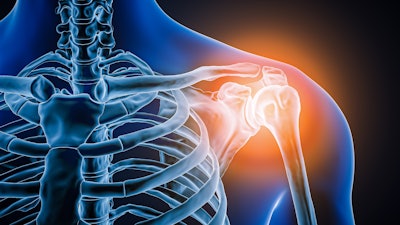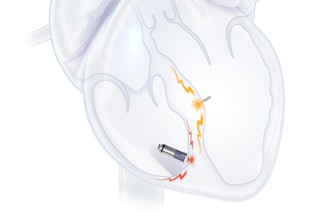
The FDA this week alerted patients and health care providers about possible health risks associated with the Equinoxe Shoulder System joint replacement devices. These devices were manufactured by Exactech between 2004 and August 2021 and were packaged in defective bags.
The defective bags used to package the Equinoxe Shoulder System devices were missing one of the oxygen barrier layers that protect the devices from oxidation, a chemical reaction with oxygen that can degrade plastic components over time. Oxidation can lead to faster device wear or failure, and device component cracking or fracture. This could lead people with the device to need additional surgery to replace or correct the implanted Equinoxe Shoulder System.
The FDA said it patients' Equinoxe Shoulder Systems are functioning well and they have no pain or symptoms, it does not recommend surgery to remove a well-functioning device. However, it said they should contact their health care provider if they have an Equinoxe Shoulder System implanted and are experiencing any new or worsening pain or swelling, inability to use their arm, grinding or other noise, or weakness around their implanted device.
The agency warned health care provider to not implant any Equinoxe Shoulder Systems packaged in defective bags. However, based on currently available information, the FDA does not recommend removal of well-functioning Equinoxe Shoulder Systems from patients who do not have any new or worsening pain or symptoms.
- Monitor patients who have an implanted Equinoxe Shoulder System manufactured by Exactech between 2004 and August 2021 for potential device wear, failure, or bone loss. Consider performing X-rays to further evaluate the patient and their implanted device if you suspect a failed device.
- Discuss revision surgery with patients who may have worsening pain or joint weakness that is potentially attributable to the device based on a clinical examination, on a case-by-case basis. As a part of shared decision-making, discuss the benefits and risks of all relevant treatment options with your patients.






















